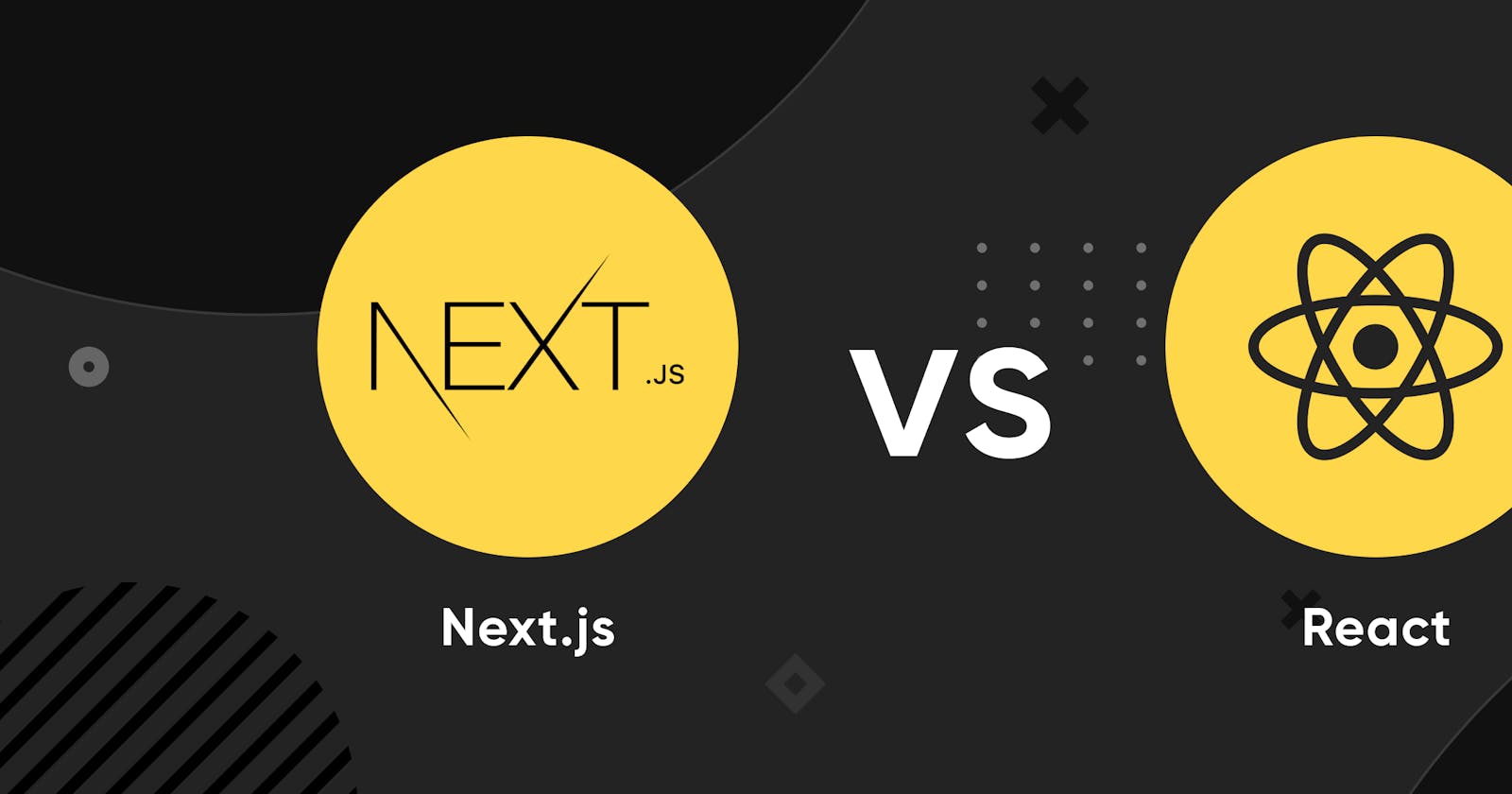Table of contents
Two of the most widely used JavaScript libraries for creating web applications are React and Next.js. Both are open-source and include a variety of functionality for creating dynamic user interfaces, but they differ significantly in some important ways.
What is React?
React is a JavaScript library for building user interfaces. It was developed by Facebook and released in 2013. React allows developers to build reusable UI components and manage the state of their applications. React is a view-layer library, meaning it's only concerned with how the user interface looks and how it interacts with the user.
What is Next?
Next.js, on the other hand, is a framework for building server-rendered or statically exported React-based web applications. It was developed by Vercel (formerly known as Zeit) and was released in 2016. Next.js provides a simple way to build and deploy React applications, with automatic code splitting and optimized performance. In addition to the UI components, Next.js provides a way to manage routes, handle data fetching, and much more.
What are the main differences between react and next?
One of the main differences between React and Next.js is the approach to server-side rendering. React is typically used to build client-side applications, meaning that the application is rendered in the user's browser. Next.js, on the other hand, offers server-side rendering by default. This means that the initial render of the page is done on the server, making it faster and more accessible for users, especially on slow networks.
Another difference between React and Next.js is the way they handle routing. React requires the use of additional libraries to manage routes, while Next.js has built-in support for routing. This makes it easier for developers to manage the different pages of their applications and create seamless navigation.
Finally, Next.js offers built-in optimizations for performance, including code splitting, lazy loading, and automatic optimization of images. This can help developers to create fast and responsive applications with minimal effort. React, on the other hand, doesn't offer these optimizations out of the box and requires additional libraries or manual implementation.
Which Should i use?
The choice between React and Next.js depends on your specific use case and requirements.
React is a JavaScript library for building user interfaces. It is widely used for building dynamic and interactive web applications.
Next.js is a framework built on top of React. It provides several features that make it easier to build and deploy production-ready React applications, such as automatic code splitting, optimized performance, and server-side rendering.
If you are building a simple single-page application, React might be sufficient. However, if you need more features and scalability, Next.js could be a better choice.
Ultimately, the best choice depends on your specific project requirements and the development team's experience with the technologies.
Conclusion
In conclusion, React and Next.js are both powerful tools for building web applications, but they are designed for different purposes. React is a view-layer library for building reusable UI components, while Next.js is a framework for building server-rendered or statically exported React applications with a focus on performance and ease of use. The choice between the two will depend on the specific needs and requirements of the project.
